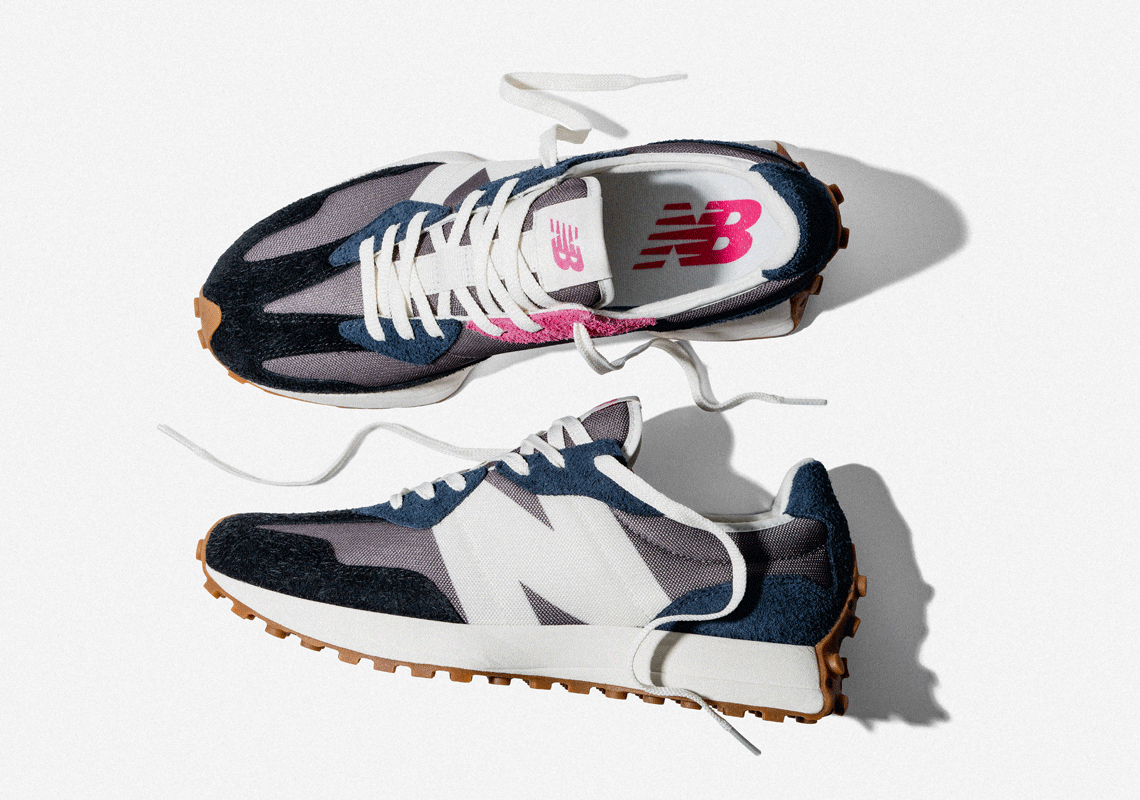
Matt Lebretton, the company's Vice President of public affairs said in April 2016 "I would say that when Hillary Clinton, Bernie Sanders and Donald Trump all agree on something, then it has to be given a closer look and they all agree that TPP is not the right policy." After Donald Trump won the 2016 U.S. ĭuring 2016, New Balance opposed the Trans Pacific Partnership and condemned the Obama administration's support for it, arguing that it would hurt its domestic shoe manufacturing (while Nike, which does not manufacture in the US, supported the TPP). Later on, the UK High Court rejected the legal filling of New Balance against the Liverpool's UK£70 million+ kit deal with Nike, which come into force in January 2020 and staggered the Manchester United deal with Adidas for £75 million annually.

The company had started its soccer business through its subsidiary Warrior Sports in 2012, punctuated by a $40-million-a-year sponsorship deal with Liverpool F.C., but made the move to rebrand based on the global reach of the parent brand. In February 2015, New Balance announced its entry into the global soccer (association football) market. In 2018, The Rockport Group went into bankruptcy and was sold. In 2015, New Balance's parent, together with Berkshire Partners, bought the Rockport shoe company from the Adidas Group and combined it with Drydock Footwear under the name The Rockport Group, now with the Aravon, Cobb Hill, Dunham, and Rockport brands. In 2011 New Balance placed its Aravon, Cobb Hill, and Dunham brands under its Drydock Footwear affiliate. In February 2004, the company purchased Warren, Michigan-based Warrier Lacrosse, now Warrior Sports. In 2001, New Balance purchased canvas sneaker company PF Flyers and re-launched the brand in 2003. The Boston area became a center for the running boom of the 1970s, and the product line expanded and sales grew rapidly. Sales languished until 1972, when 28-year-old Jim Davis bought the company, feeling that "leisure-time products would be a high-growth market." At the time, the company consisted of six people making 30 pairs of shoes daily and selling products primarily through mail-order with a few U.S. Marketing was mostly word-of-mouth or through local sports fairs. College track teams such as Massachusetts Institute of Technology (MIT), Tufts University and Boston University adopted the Trackster for their cross-country teams, soon to be followed by other colleges and private high schools around the country. The Trackster gained popularity through YMCA programs in which it became the unofficial shoe. Eleanor and Paul Kidd continued to sell mainly arch supports until 1960, when they designed and manufactured the "Trackster", the first running shoe to come in varying widths. In 1956, Hall sold the business to his daughter Eleanor and her husband Paul Kidd. As New Balance slowly established itself as a niche business in the 1930s, baseball players and track and field athletes sought the company out for its specialty footwear. The company later did business under the name New Balance Athletic Shoe Company. In 1927, Riley hired Arthur Hall to be a salesman. He explained to customers that the chicken's three-pronged foot resulted in perfect balance.

It is believed that Riley came up with the name "New Balance" by observing chickens in his yard and demonstrated the way his arch supports worked by keeping a chicken foot on his office desk. His first product, a flexible arch support, was designed with three support points to provide greater balance and comfort in the shoe. Riley, an Irish immigrant, founded the New Balance Arch Support Company in the Boston area, manufacturing arch supports and other accessories designed to improve shoe fit.


 0 kommentar(er)
0 kommentar(er)
